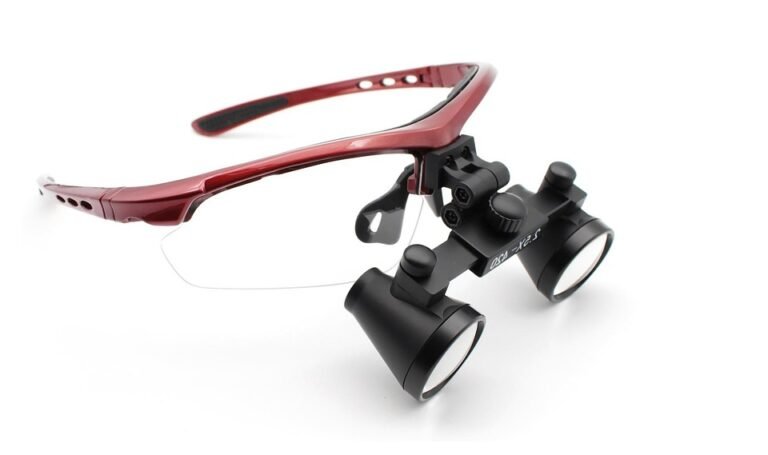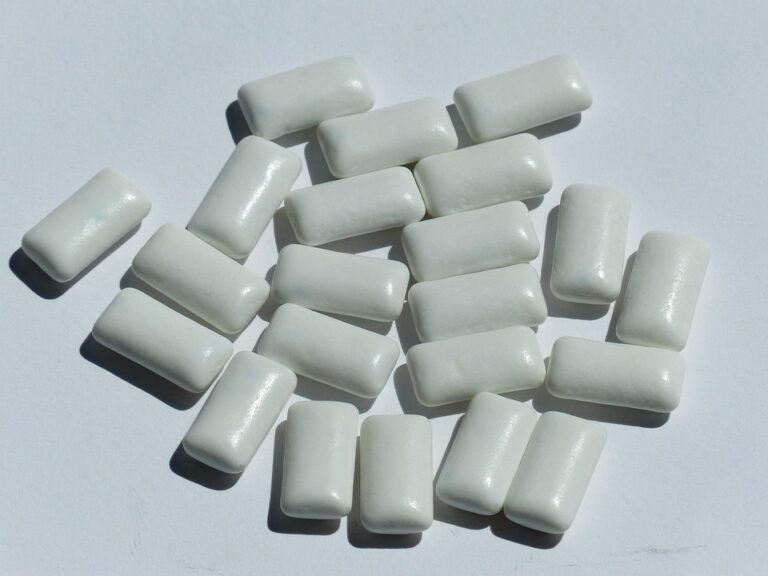How do I ensure consistent lighting in before and after photos
Okay, so I’m doing some DIY projects around the house, mostly furniture refinishing and some landscaping. I want to document the process with before and after photos that I can share online (maybe even start a blog!), but the lighting is driving me crazy. The "before" photos look completely different than the "after" photos, even when I take them in the same room/spot. Sunlight shifts, clouds come and go, it’s a nightmare!
Specifically, I’m struggling with:
- Indoor furniture: How do I light furniture pieces consistently when the natural light changes throughout the day? I have a window in the room, but it’s unreliable. Should I invest in some kind of lighting equipment? What kind?
- Outdoor landscaping: This is even worse. The sun is all over the place. I’ve tried taking photos at the same time of day, but it still varies. Is there a "best" time to take these photos? Are there any tricks to diffuse sunlight or use reflectors?
- Color consistency: Even when the brightness seems similar, the color of the light seems off. The "before" photos can look yellow, and the "after" photos look blue, or vice versa. How do I fix that? Is it just about white balance on my camera (which I barely understand), or is there more to it?
- Budget: I’m not a professional photographer, so I don’t want to spend a fortune on equipment. What are some affordable solutions that will make a noticeable difference?
Answer
To ensure consistent lighting in before and after photos, you need to meticulously control and replicate the lighting conditions between the "before" and "after" shots. Here’s a detailed breakdown of how to achieve this:
1. Control the Environment:
- Location is Key: Ideally, shoot in a location where you can have maximum control over the ambient light. An indoor setting is preferable, allowing you to block or manage external light sources.
- Minimize Ambient Light: Close windows, use blackout curtains, or shoot in a room with minimal natural light. The goal is to reduce the influence of uncontrolled light. If complete blocking isn’t possible, note the time of day and weather conditions for replication.
- Neutral Background: Use a neutral background that won’t reflect light or influence the color cast of the scene. Gray, white, or black are good choices. Ensure the background is clean and free of distractions.
- Mark the Subject’s Position: Use tape, a marker, or other means to precisely mark the position of the subject (or object) in the "before" photo. This ensures the subject occupies the exact same space in the "after" photo, relative to the light source.
2. Consistent Lighting Setup:
- Choose a Lighting Source: Select the type of lighting you’ll use and stick with it. Options include:
- Studio Lighting: Softboxes, umbrellas, or reflectors provide diffused and controlled light.
- Ring Light: Creates even, shadowless illumination, often used for close-up shots like portraits.
- Continuous Lighting: LED panels or lamps that stay on consistently.
- Flash/Strobe: Provides a burst of light, but requires more setup and potentially a light meter.
- Single Light Source: When possible, start with a single light source. This simplifies replication. Multiple light sources are more complex to manage consistently.
- Light Source Placement:
- Measure and record the exact distance and angle of the light source relative to the subject. Use a measuring tape or a laser distance measurer.
- Take notes or diagrams of the lighting setup, including the height, tilt, and swivel of the light stand or arm.
- If using multiple lights, record the power settings of each light.
- Light Modifiers: Use the same light modifiers (softboxes, diffusers, reflectors) in both shots. Ensure they are placed at the same distance and angle relative to the light source and the subject.
- Light Meter: Use a light meter to measure the intensity of the light at the subject’s position. This will allow you to replicate the light level in the "after" photo, even if the light source changes slightly. Take readings at multiple points on the subject to ensure even illumination.
3. Camera Settings and Techniques:
- Manual Mode: Shoot in manual mode to lock in your camera settings. This ensures that the exposure is consistent between the "before" and "after" shots.
- White Balance: Set a custom white balance using a gray card or a white balance target. This will eliminate color casts and ensure accurate color rendition. If you can’t use a gray card, take note of the specific kelvin setting.
- ISO: Use the lowest possible ISO setting to minimize noise. Keep the ISO the same for both shots.
- Aperture: Choose an aperture that provides sufficient depth of field for your subject. Keep the aperture consistent.
- Shutter Speed: Adjust the shutter speed to achieve the desired exposure. Keep the shutter speed consistent, or adjust it slightly to compensate for minor variations in light intensity.
- Lens: Use the same lens for both shots. A prime lens (fixed focal length) is preferable, as it eliminates the potential for zoom-related variations.
- Camera Position: Use a tripod to keep the camera in the exact same position for both shots. Mark the position of the tripod legs on the floor to ensure that the camera is in the same spot.
- Focus: Use manual focus and focus on the same point on the subject in both shots. Use live view and zoom in to ensure accurate focus.
- Shoot in RAW: Shooting in RAW format provides the most flexibility in post-processing. You can adjust the exposure, white balance, and other settings without sacrificing image quality.
4. Post-Processing Considerations:
- Color Calibration: Calibrate your monitor to ensure accurate color representation.
- Consistent Editing: Apply the same editing adjustments to both the "before" and "after" photos. This includes white balance, exposure, contrast, shadows, highlights, and color saturation.
- Avoid Drastic Changes: Avoid making drastic changes to the "after" photo that could distort the results. The goal is to show the effect of the change you are demonstrating, not to create a heavily manipulated image.
- Retouching: If retouching is necessary, apply it sparingly and consistently to both photos.
- Save Presets: Save your editing settings as a preset in your photo editing software. This will allow you to apply the same adjustments to both photos quickly and easily.
- Side-by-Side Comparison: When presenting the "before" and "after" photos, display them side-by-side for easy comparison.
5. Troubleshooting:
- Light Drift: If you’re using natural light, be aware that the light can change over time. Take the "before" and "after" photos as quickly as possible to minimize light drift.
- Battery Life: Ensure that your camera and lighting equipment have sufficient battery life. Low battery can affect light output.
- Test Shots: Take test shots before taking the "before" and "after" photos to verify that the lighting and camera settings are correct.
- Review and Adjust: After taking the photos, carefully review them on your computer. If necessary, adjust the lighting or camera settings and retake the photos.
By following these steps, you can significantly improve the consistency of lighting in your "before" and "after" photos and ensure that your results are accurate and reliable.


